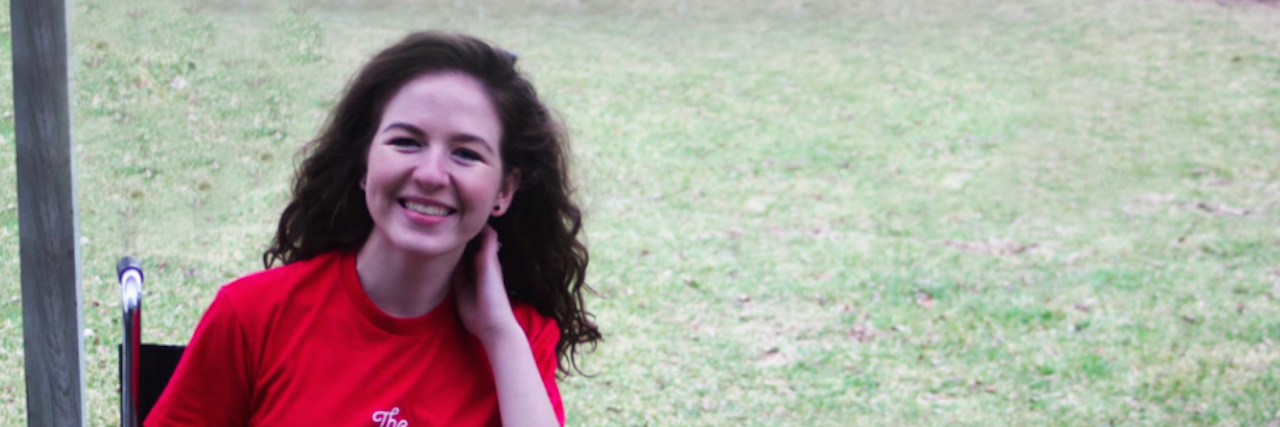Why the Media Needs to Change How It Portrays People With Ehlers-Danlos Syndrome
If you read articles about my condition, you’d think I’m a mysterious, bendy party trick who could slay on the dance floor. Media portray my rare condition like a glamorous superpower, but for me, it makes life hell. Every day, I face joint dislocations, fainting and unrelenting pain.
• What is Ehlers-Danlos Syndrome?
• What Are Common Ehlers-Danlos Syndrome Symptoms?
Ehlers-Danlos syndrome (EDS) is a rare connective tissue disorder that weakens the glue holding my joints, organs and skin together. It can cause stretchy skin, rubbery joints, dislocations and chronic pain. There are different types of EDS with varying degrees of severity. I have type 3, or the hypermobility type. It manifests in the form of loose, easily dislocatable joints and fragile skin that tears and bruises easily. It can lead to many other conditions, like postural orthostatic tachycardia syndrome (POTS)celiac disease, and migraines that include temporary paralysis.
Research on EDS is limited, so people with it are often misdiagnosed or improperly treated. Doctors tell us our syndrome is made up. We are called fakes. Hypochondriacs.
The first time I googled my condition, the results were bleak. A few outdated medical reports, a couple of experimental treatments and, to my surprise, news articles that portrayed EDS as something special and exciting. I saw other EDSers in videos contorting like a pretzel, pulling their skin up like a turtleneck and generally showing off their tricks.
Everyone’s EDS experience is different, but the media often covers only one side.
Where are the videos of us screaming out in pain?
The pictures of the sea of prescription bottles that fill my medicine cabinet?
The stories of being too afraid to close your eyes because you may never wake up?
The fear of slowly deteriorating until all that is left is the shell of who you once were?
I assume it’s because people don’t want to share sad news. People fill their social feeds with cool, political or funny things — not stories of the sick and struggling. No one makes the video that shows our agony, but they will show the amazing contortionist tricks.
Glossing over the unsexy truths of this disease deepens our existing fears of being misunderstood. We stay within our comfort zone and try not to over-share — hoping and praying the people we love will stick around. We’re terrified of abandonment. And we have a higher risk of suffering from depression and anxiety. Also, over-stretching can be dangerous for us, so normalizing that behavior isn’t healthy.
Unfortunately, we don’t have much say in how we are portrayed. But I want to change this.
To everyone who has made one of these videos or written one of these articles in the past (that showcase our “tricks”), thank you for getting the words “Ehlers-Danlos” on the internet … but please do not idealize our condition.
To Ehlers-Danlos patients, thank you for staying strong despite the stereotypes spread by the media. Post an honest video about your pain, take pictures on the bad days and don’t feel the need to promote the image that your illness is a “superpower.”
Most importantly, thank you for putting up the fight to be here every day. The true super ability at hand is not our loose joints and skin, it is our ability to wake up every morning and take the world by storm.
This story originally appeared on Medium

